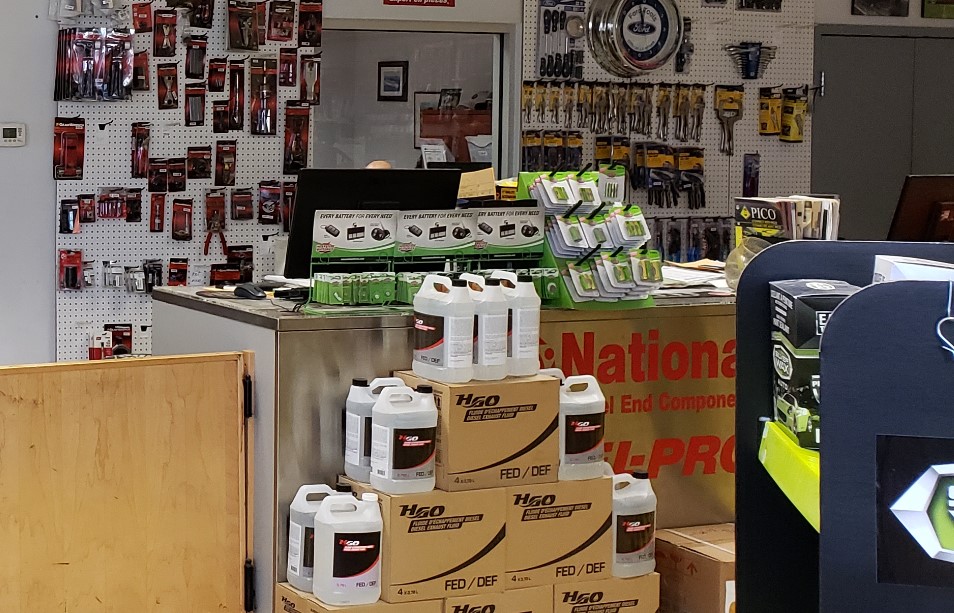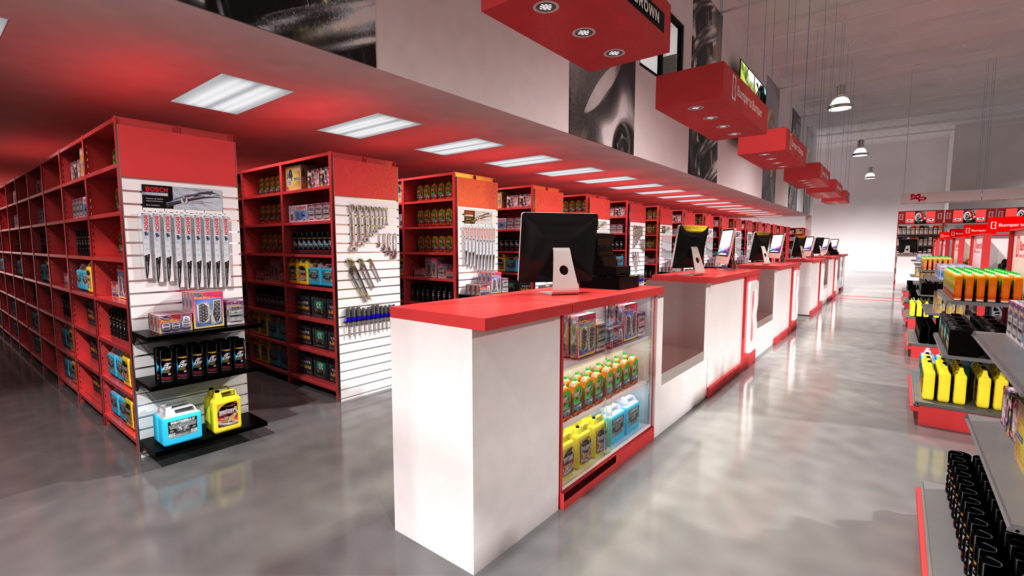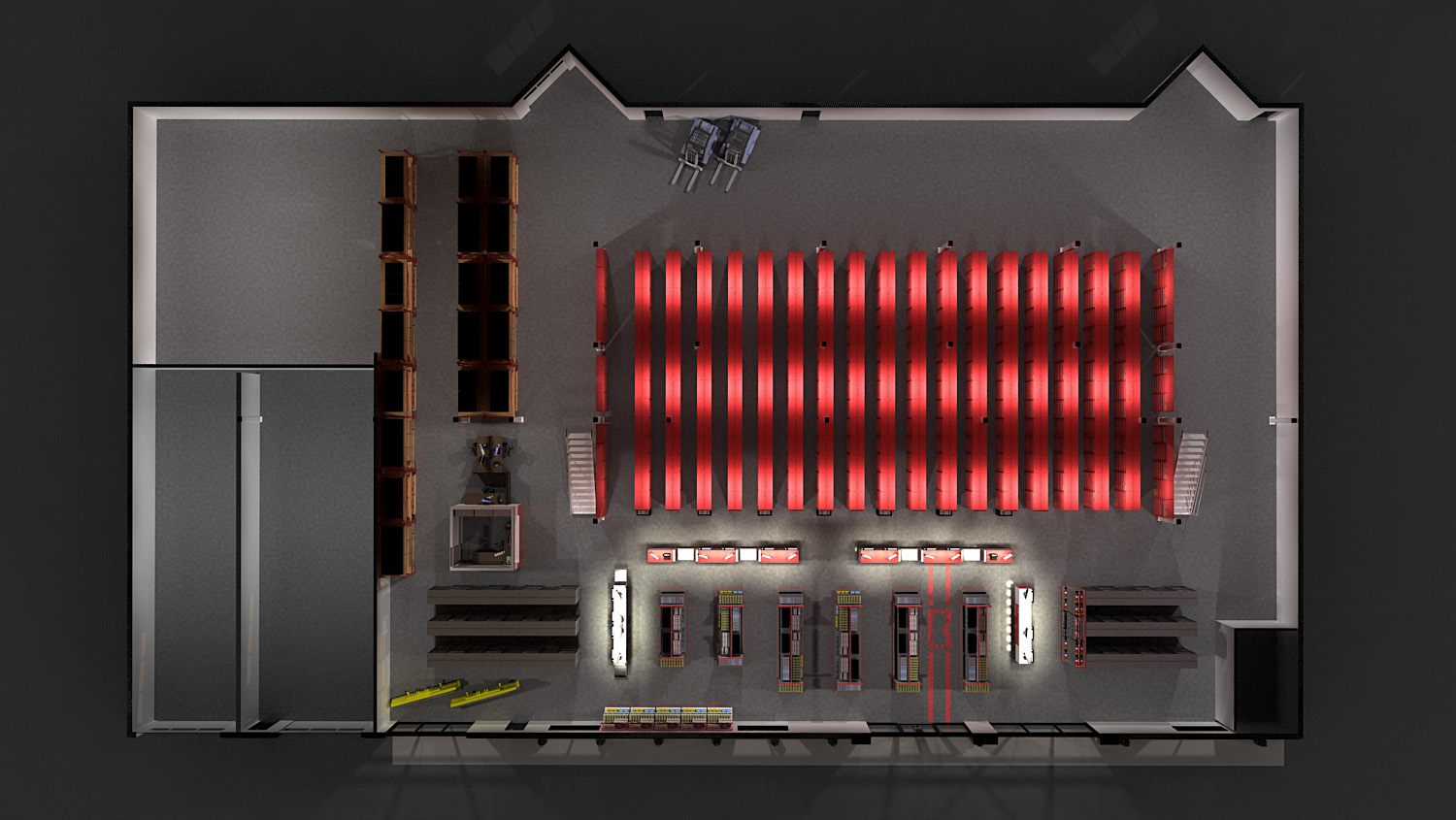Jobber Nation welcomes our newest contributor. Paul Reed, The Showroom Guy, has extensive experience creating effective sales environments in the automotive aftermarket. Jobber Nation is thrilled to add him to the team.
By Paul Reed
The Showroom Guy
Most auto parts stores have a main retail area where they interact with the public – whether that means technicians or drivers, or DIYers who have come in to buy parts and benefit from your expert advice. More than any other aspect of your business, the retail area is the most powerful source of your brand image; and just like your personal image, it makes a strong impression.
Yet it astounds me how many otherwise knowledgeable parts professionals overlook – even ignore – the potential of their showrooms, especially since it’s one aspect of your business that, with relatively little time and financial investment, can produce a measurable improvement to your bottom line.
In this series, I’ll show you exactly what you need to do to turn your retail area not only into a great advertisement for your professionalism and expertise, but a reliable moneymaker. And chances are it’ll take less effort, and less money, than you thought.

Take a look at an average jobber showroom today. Yes, it’s a typical busy day at the store: a customer has just returned a bunch of cores, which are still on the counter until someone can take them to the back and process them. Another customer is leafing through a catalogue. The counter also holds several advertising cards (which keep getting knocked over and have to be put right again), a cup filled with pens, a display of chocolate bars on sale for a local charity. And the postman has just dropped off the mail, which is in a pile next to the cash. (We won’t mention the counterperson’s cup of Timmie’s next to the computer.)
The number-one problem I see in my visits to jobbers’ retail auto parts stores is clutter. And that’s a shame, because while you may be completely used to it, your customers notice it – and overtly or subconsciously, it’s making an impression. And yet the good news is, you (or an energetic staffer) can start on a significant transformation in less than a day.

This month, let’s start with the sales counter. Even if a customer doesn’t have time to stroll through all your displays and shelves, perusing all the cool items you have for sale, they’re going to see the counter. So in that sense, it’s the most important part of the whole retail section. And the best counters are completely, or almost completely, clear.
Recycle the catalogues. (Why do you still have paper catalogues, when everything is done online nowadays?) If you or your customers really can’t do without them, at least put them on a shelf under the counter; a customer who wants to see one can ask.
Get rid of all the extraneous doodads that have gathered over time on the counter: instead of a cup of pens, put them in a drawer under the cash. Discard all the counter cards, calendars and other swag from suppliers and others.
Ditto those charity boxes – if it’s from a local charity you know and trust, at least put it somewhere where it doesn’t interfere with the cash. But I’ve found a lot of them come from mystery charities you never heard of, and that may or may not be honest. They don’t belong on your counter.
The same goes for sample auto parts displays, such as those that show the difference in tread depth between a bald tire and a new one. One, or even two (if you feel they give useful info to the customer) is enough – otherwise it’s just another thing gathering dust.
Get in the habit of processing things that come in to the store as quickly as possible – if it doesn’t belong on the counter, it shouldn’t stay there. Take the mail back to the office. Put cores in a box on the floor behind the counter, or have someone take them to the back immediately for restocking. (And never leave your Timmie’s on the counter next to the computer keyboard; that’s asking for trouble.)
What does stay on the counter? The computer and keyboard, or cash terminal. A calculator. The store phone. A notepad, or order pad if you use one. Some business cards in a holder. Maybe a desk calendar or countertop blotter. That’s about it.
I know of an auto parts store in North Bay, Ontario, that has a front counter that’s a full 80 feet long, with 20-foot side counters on either side. And they usually have nothing on them that isn’t needed for interacting with customers. They are beautiful.
Next Time: Getting control over signage and posters

Paul Reed
The Showroom Guy
Retail Environment Solutions
647-933-3663 Toronto
450-921-1453 Montreal
www.theshowroomguy.com


0 Comments